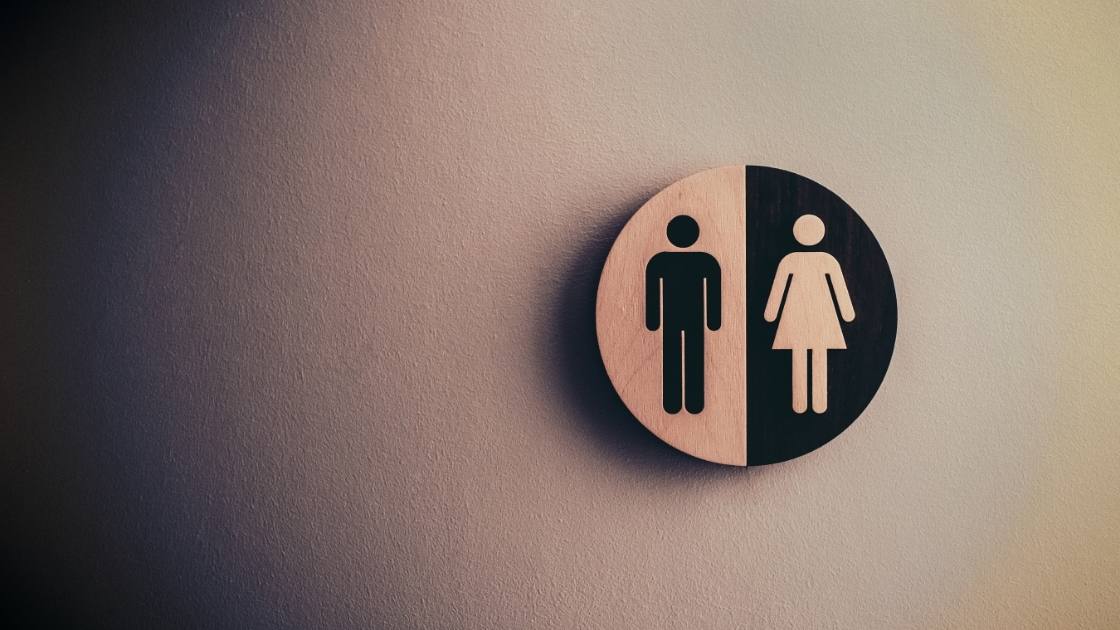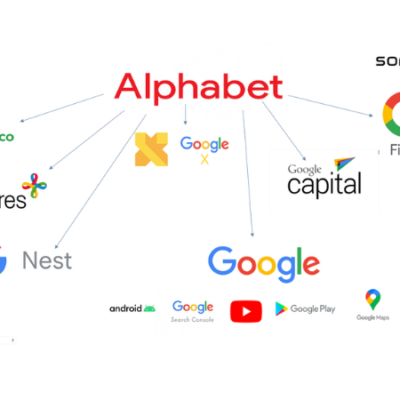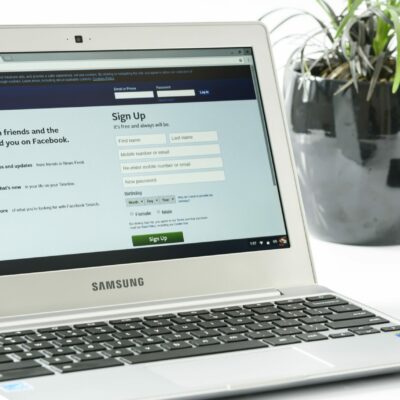There is a gender gap on Linkedin. In almost all professional fields, there are more men than women. Recruiters prefer men and female profiles are clicked less often.
Linkedin is a male domain. The gender gap on the career platform is enormous. The network has 774 million users worldwide. Only 43 percent of them are female, 57 percent are male. In Austria and Germany, the difference is even more severe, with 61 percent to 39 percent in each country. These statistics also have implications for the job market. After all, Linkedin is not only a business network, but also a job exchange. The platform places four people in a new job every minute.
Gender Gap on Linkedin: Men get more clicks
However, if the pool of applicants is dominated by men, they also benefit disproportionately in the job search. According to Linkedin itself, the probability that a profile will be clicked on is 13 percent higher if it is a man. One reason for this, Linkedin believes, is the humbleness of women. In America, they would put 11 percent fewer skills on their profiles. But profiles with five or more skills have 17 times more visitors than profiles with fewer details.
Within individual sectors, some enormous gender gaps occur on Linkedin in the German-speaking market. In just two sectors, there are as many women as men on the platform. In NGOs and in the wellness and fitness sector. In all other professional fields, there are exclusively more men than women. Even in health care, which is dominated by women in practice.
Female and male industries on Linkedin
Within the industries, the picture then is that in public safety, women make up just 18 percent. In construction, it’s just 19 percent. In energy and mining, it’s just 25 percent. An obvious explanation would be that these sectors are “men’s occupations.” This is true to the extent that many skilled trades occupations in this sector are male-dominated. However, these professions tend not to be represented on Linkedin. This means that management and leadership functions in the companies with the highest turnover in this sector are also male-dominated.
And this is true even in industries where even the perceived female quota of public debate is higher. Even in real estate (36 percent women), consumer goods (31 percent) and even retail (37 percent), women are underrepresented on Linkedin.
Gender Gap: From Linkedin to the Real World
It doesn’t stop at a digital phenomenon. The negative impact of the gender gap on Linkedin in the real world of work is noticeable. So strong, in fact, that Oxford University professor Ridhi Kashyap and doctor Florianne Verkroost have dedicated a separate study to them in 2021. They emphasize that digital networks can help especially those who have a harder time on the job market due to skin color, gender, or origin. In addition, men are statistically more likely to participate in networking activities outside of working hours than women. Especially if there are children in the household. Networks like Linkedin, in theory, serve as a flexible compensation for this.
And Linkedin data does indeed accurately reflect equality in real life. The network is available in two hundred countries around the world. In 34 of them, there are as many or even slightly more women registered on the platform as men. Data from the International Labor Organization (ILO) shows that 29 of these countries (including Latvia, Lithuania, Myanmar, and Vietnam) also have better occupational gender equality.
Difference between Linkedin in the USA and in the DACH area.
The difference between the US and the DACH market is less clear than thought. The American Linkedin user base is a bit more female. In total, there are more or at least the same number of women in five of 23 industries: legal services, nonprofits, humanities, healthcare, and wellness and fitness. The education sector, which spans many industries, is also female-dominated. It’s a statistic that points to a future with more equality.
That women are being disadvantaged in the workforce is nothing new. The ILO calculates that in managerial, professional and technical occupations, the proportion of women is just 45 percent. The difference is particularly clear in management positions. Two-thirds are held by men. In Austria, not even a quarter of the supervisory boards of the 200 companies with the highest turnover are female (Germany: 30 percent) and a whopping 91 percent of managing directors are male (Germany: 85 percent).
All this has an impact. According to Eurostat, women in Austria earn 19 percent less than men. In Germany, the figure is 18 percent. The EU average, which is also not exhilarating, is 13 percent. Expressed in euros, this means that women are paid 670,000 euros less than men during their working lives. Men receive 1.5 million euros, women only 830,000 euros. This is why women receive only 68 percent of men’s pensions and are at massive risk of poverty in old age.
Gender gap is a structural problem
In the public debate, it is often pointed out that women take care of children or elderly relatives. That they take lower-paid jobs or part-time employment. But these are not voluntary choices in their mass. “If 75 percent of all mothers with children work part-time, no one can tell me that this is an individual problem – instead, we have to address it structurally,” explains Katharina Mader, an economist at the Vienna Chamber of Labor. And this structure would look like giving men more tax relief and social policy subsidizing the concept of the mother and housewife.
One approach to solving the problem could be to bring classic male and female occupations into line in terms of pay. This is the case in New Zealand. If two professions require a similar amount of training and have a comparable workload, the salary should be equalized. An example would be physically demanding nursing professions, in which women are predominantly employed, and male-dominated road construction. New Zealand has thus raised pay in the education sector in particular.
Klicken Sie auf den unteren Button, um den Inhalt von docs.google.com zu laden.
Klicken Sie auf den unteren Button, um den Inhalt von docs.google.com zu laden.




